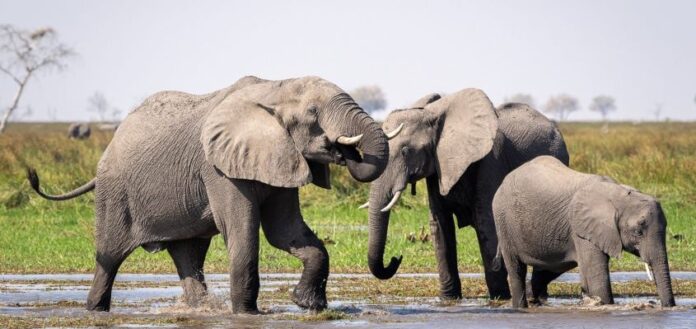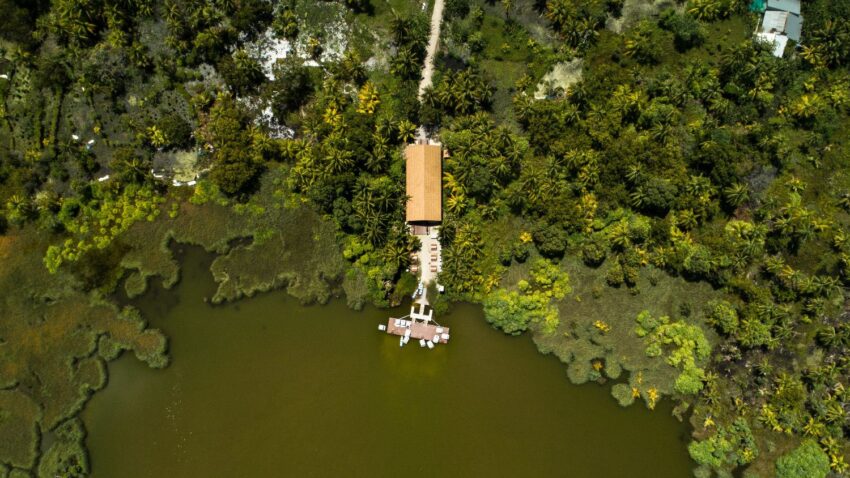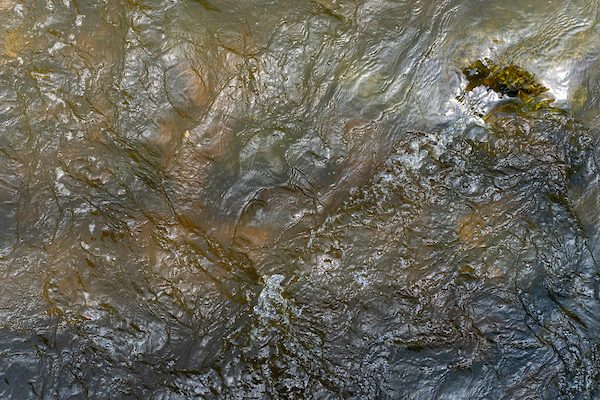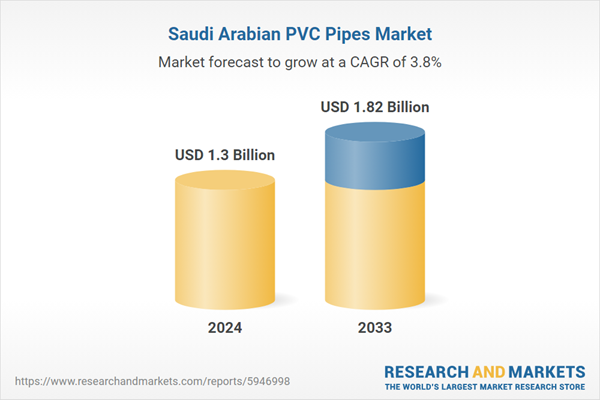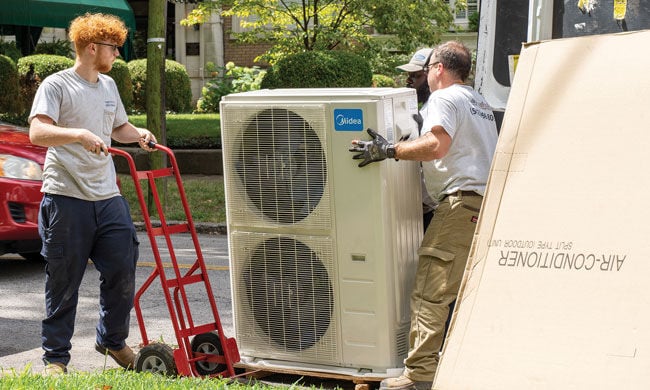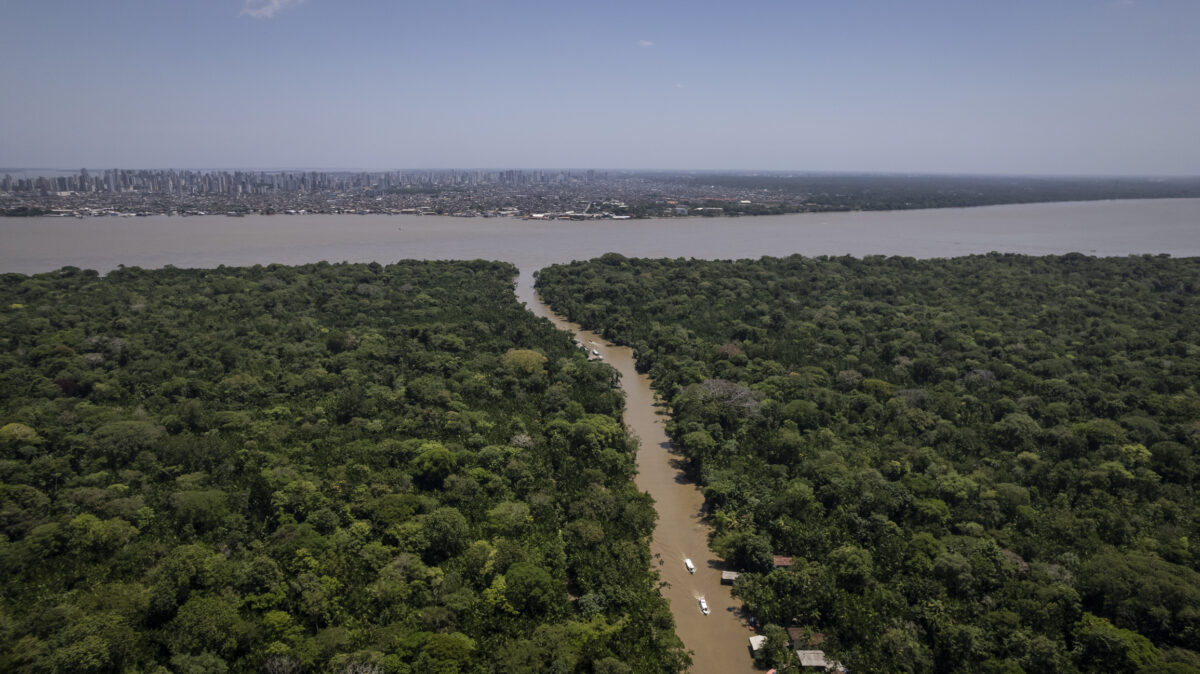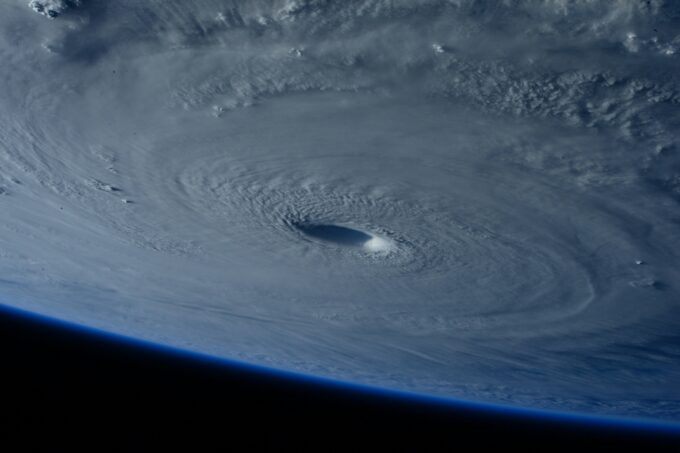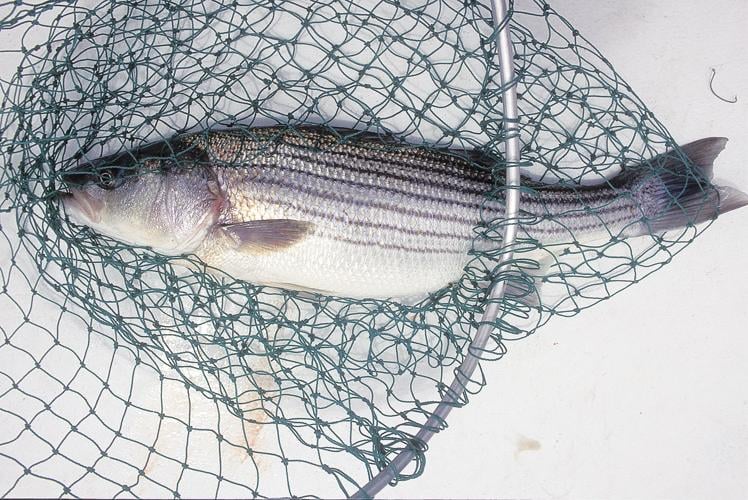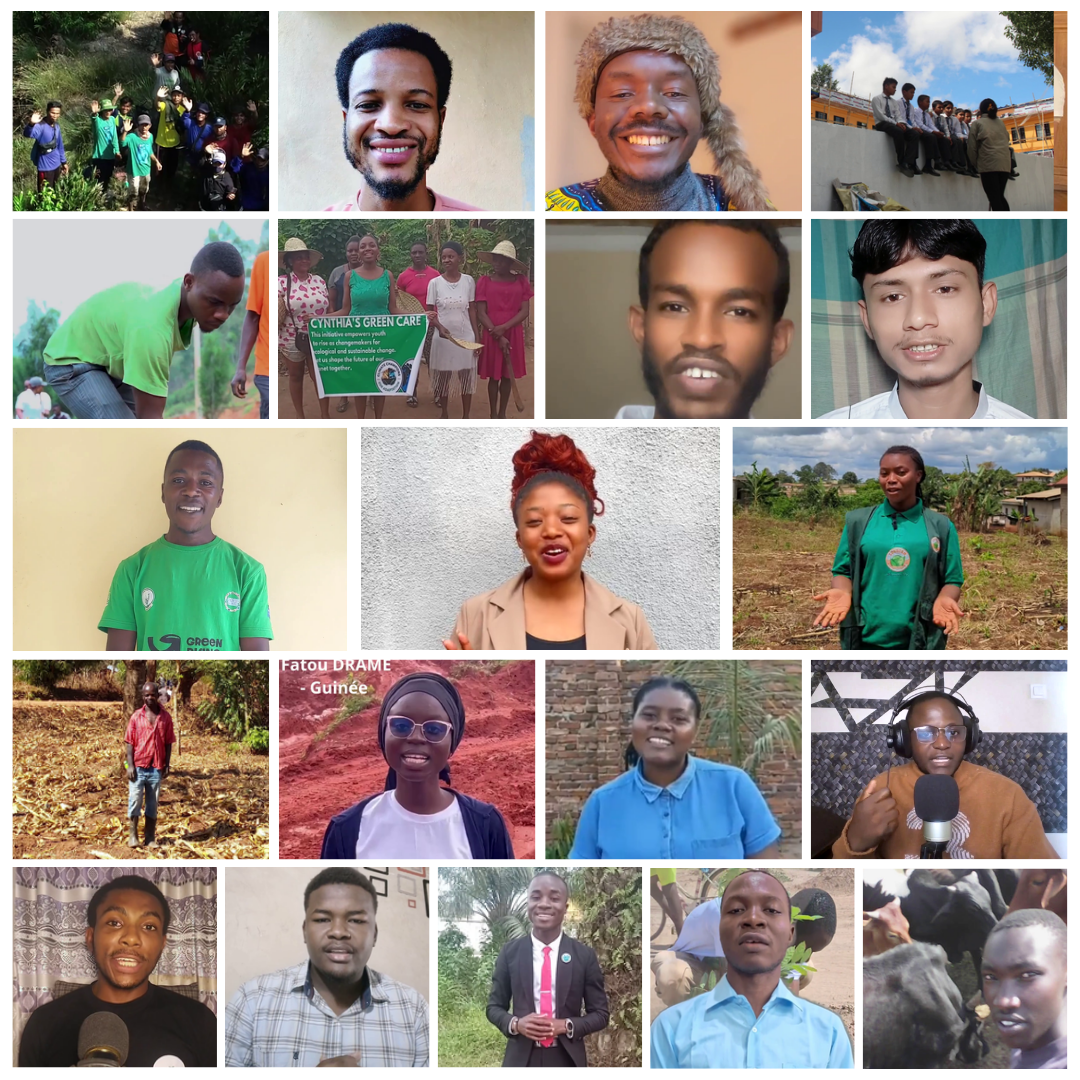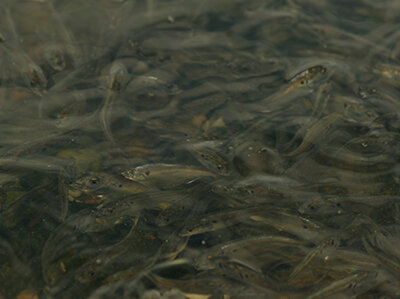Osprey came back from the brink once. Now chicks are dying in nests, and some blame overfishing – AP News

Report on the Decline of Osprey Populations in the Chesapeake Bay and its Implications for Sustainable Development Goals
Introduction: An Environmental Indicator Species Under Threat
A significant decline in the reproductive success of the osprey (Pandion haliaetus) in the Chesapeake Bay region poses a critical challenge to conservation efforts and highlights the complex interplay between environmental health and economic activity. Once a symbol of successful conservation after the 1972 ban of the pesticide DDT, the osprey now serves as a key bioindicator for the health of the marine ecosystem. The species’ current struggle to fledge sufficient young is linked to the availability of Atlantic menhaden (Brevoortia tyrannus), a vital forage fish. This situation directly engages multiple United Nations Sustainable Development Goals (SDGs), particularly SDG 14 (Life Below Water), SDG 15 (Life on Land), and SDG 8 (Decent Work and Economic Growth).
Scientific Assessment of the Osprey Decline
Reproductive Failure and its Link to Food Scarcity
Research conducted by the Center for Conservation Biology at The College of William & Mary has identified an alarming trend in osprey reproductive rates. The findings indicate a direct threat to the long-term viability of the osprey population, a key component of coastal biodiversity under SDG 15.
- Population Viability Threshold: To maintain a stable population, an average of 1.15 fledged chicks per breeding pair is required annually.
- Current Reproductive Rates: In distressed areas of the Chesapeake Bay, current rates have fallen to less than half of the required threshold, with some areas experiencing rates below one-tenth of the necessary level.
- Causal Link: Scientific studies published in peer-reviewed journals, such as Frontiers in Marine Science, have established a strong correlation between these nesting failures and the localized decline in the availability of menhaden, a nutrient-rich fish critical for chick survival. This lack of a primary food source directly undermines efforts to protect marine ecosystems as outlined in SDG 14.
The Menhaden Fishery: A Conflict of Sustainable Development Goals
SDG 14 (Life Below Water) vs. SDG 8 (Decent Work and Economic Growth)
The core of the issue lies in the competing demands on the menhaden population. This fish is not only a cornerstone of the marine food web but also the foundation of a major commercial fishery, creating a direct tension between environmental protection and economic objectives.
Ecological Importance of Menhaden
Menhaden are a crucial forage species, supporting a wide range of marine predators. Their depletion has cascading effects on the ecosystem, with the osprey serving as a highly visible indicator of this stress. Protecting the menhaden stock is essential for achieving the targets of SDG 14, which include:
- Target 14.2: Sustainably manage and protect marine and coastal ecosystems to avoid significant adverse impacts.
- Target 14.4: Effectively regulate harvesting and end overfishing to restore fish stocks to levels that can produce maximum sustainable yield.
Economic Significance of the Fishery
The menhaden fishery is a significant economic driver, particularly in Virginia. It supports jobs and contributes to local economies, aligning with the objectives of SDG 8 (Decent Work and Economic Growth). The industry provides:
- Raw materials for fish oil supplements, fish meal, and agricultural feed, contributing to SDG 12 (Responsible Consumption and Production).
- Bait for other valuable commercial fisheries, such as lobster.
- Employment for fishermen, processing plant workers, and associated trades.
The industry, represented by companies like Omega Protein, argues that the fishery is managed sustainably and that other factors, such as climate change and pollution, may be contributing to the osprey’s decline.
Stakeholder Actions and Proposed Management Solutions
A Multi-Stakeholder Approach (SDG 17: Partnerships for the Goals)
Addressing this complex issue requires collaboration between scientific bodies, regulatory agencies, private industry, and environmental organizations. The Atlantic States Marine Fisheries Commission (ASMFC), an interstate regulatory body, has formed a dedicated work group to investigate the issue, demonstrating a commitment to partnership under SDG 17.
Proposed Regulatory Actions
In response to scientific evidence and public concern, the ASMFC work group has proposed several potential management strategies to ensure the ecological role of menhaden is protected. These options aim to implement a more precautionary approach to fisheries management in the Chesapeake Bay:
- Seasonal closures of the fishery to protect menhaden during critical periods.
- Restrictions on fishing quotas within the bay.
- Limitations on the number of days vessels can operate at sea.
- Restrictions on specific types of fishing gear.
Conclusion: Striving for a Balanced and Sustainable Future
The declining osprey population in the Chesapeake Bay serves as a critical case study in sustainable development. It underscores the necessity of managing natural resources in a way that respects ecological limits while acknowledging economic realities. The path forward requires a management framework that successfully integrates the goals of SDG 14 (Life Below Water) and SDG 15 (Life on Land) with the economic considerations of SDG 8 (Decent Work and Economic Growth). The ultimate success or failure of the osprey in the region will be a powerful testament to the ability of stakeholders to achieve a true balance, ensuring the health of the ecosystem for future generations.
Analysis of Sustainable Development Goals in the Article
1. Which SDGs are addressed or connected to the issues highlighted in the article?
The article discusses issues that are directly connected to several Sustainable Development Goals (SDGs). The primary goals addressed are those concerning the protection of ecosystems and biodiversity, both in water and on land, as well as the conflict between economic activities and environmental sustainability.
-
SDG 14: Life Below Water
This goal is central to the article as the core conflict revolves around the management of a marine species, the menhaden fish, within the Chesapeake Bay, a major coastal estuary. The article discusses the health of this marine ecosystem, the impact of fishing on the food chain, and the regulation of fish harvesting.
-
SDG 15: Life on Land
This goal is also directly relevant because the primary indicator of ecosystem distress discussed is the declining population of the osprey, a bird species. The article highlights the threat to this species, linking it to the degradation of its food source, which constitutes a loss of biodiversity and a failure to protect a once-thriving species.
-
SDG 8: Decent Work and Economic Growth
The article explicitly frames the issue as a conflict between environmental conservation and economic interests. It mentions the economic value of the menhaden fishery (“worth more than $200 million at the docks in 2023”), its importance for jobs (mentioning “trade unions” and “retired union leader” Kenny Pinkard), and its role in other industries. This connects the issue to the challenge of achieving sustainable economic growth that does not degrade the environment.
2. What specific targets under those SDGs can be identified based on the article’s content?
Based on the specific problems and solutions discussed in the article, several SDG targets can be identified.
-
Targets under SDG 14 (Life Below Water)
- Target 14.2: By 2020, sustainably manage and protect marine and coastal ecosystems to avoid significant adverse impacts… and take action for their restoration.
Explanation: The article focuses on the health of the Chesapeake Bay ecosystem. The decline of the osprey is presented as a “significant adverse impact” resulting from the lack of available menhaden. The debate over fishing regulations is a direct attempt to “sustainably manage” this coastal ecosystem. - Target 14.4: By 2020, effectively regulate harvesting and end overfishing… and implement science-based management plans, in order to restore fish stocks.
Explanation: The central conflict is about whether menhaden are being overfished relative to the ecosystem’s needs. The work of biologist Bryan Watts provides the “science-based” evidence, and the role of the Atlantic States Marine Fisheries Commission is to “effectively regulate harvesting.” The article states the commission is considering new rules, including “restrictions on quotas,” which directly relates to this target.
- Target 14.2: By 2020, sustainably manage and protect marine and coastal ecosystems to avoid significant adverse impacts… and take action for their restoration.
-
Targets under SDG 15 (Life on Land)
- Target 15.5: Take urgent and significant action to reduce the degradation of natural habitats, halt the loss of biodiversity and… protect and prevent the extinction of threatened species.
Explanation: The article warns that the osprey population could “tumble to levels not seen since the dark days of DDT” and enter a “steep decline.” This is a clear call to “halt the loss of biodiversity” by protecting the osprey. The starvation of chicks due to a lack of menhaden is a form of habitat degradation (i.e., degradation of the food web). - Target 15.9: By 2020, integrate ecosystem and biodiversity values into national and local planning, development processes… and accounts.
Explanation: The biologist Bryan Watts argues that the osprey’s decline should “be more informed fully on the fisheries side” and that “we should take precaution on the fisheries management side.” This is a direct appeal to integrate the value of the osprey (an indicator of biodiversity) into the economic and regulatory planning of the menhaden fishery.
- Target 15.5: Take urgent and significant action to reduce the degradation of natural habitats, halt the loss of biodiversity and… protect and prevent the extinction of threatened species.
3. Are there any indicators mentioned or implied in the article that can be used to measure progress towards the identified targets?
Yes, the article mentions several specific and measurable indicators that are being used to track the issues.
-
Osprey Reproductive Success Rate
The article provides a precise quantitative indicator for the sustainability of the osprey population. It states, “to maintain population, osprey pairs need to average 1.15 chicks per year.” It then uses this indicator to measure the current problem, noting that in some areas, the rate is “less than half of that” and in others “not even… one-tenth that level.” This serves as a direct indicator for Target 15.5.
-
Osprey as an Environmental Indicator
The article explicitly calls the osprey an “environmental indicator.” The statement, “The osprey are yelling pretty loudly that, hey, there’s not enough menhaden for us to reproduce successfully,” positions the health of the osprey population as a proxy indicator for the overall health of the Chesapeake Bay ecosystem and the availability of menhaden, relevant to Target 14.2.
-
Annual Fish Catch Volume
An indicator of fishing pressure is mentioned: “U.S. fishermen have caught at least 1.1 billion pounds of menhaden every year since 1951.” This data point is used to measure the scale of the fishing industry and is a key variable in the management plans discussed under Target 14.4.
4. Table of SDGs, Targets, and Indicators
| SDGs | Targets | Indicators Identified in the Article |
|---|---|---|
| SDG 14: Life Below Water |
|
|
| SDG 15: Life on Land |
|
|
| SDG 8: Decent Work and Economic Growth |
|
|
Source: apnews.com

What is Your Reaction?
 Like
0
Like
0
 Dislike
0
Dislike
0
 Love
0
Love
0
 Funny
0
Funny
0
 Angry
0
Angry
0
 Sad
0
Sad
0
 Wow
0
Wow
0























